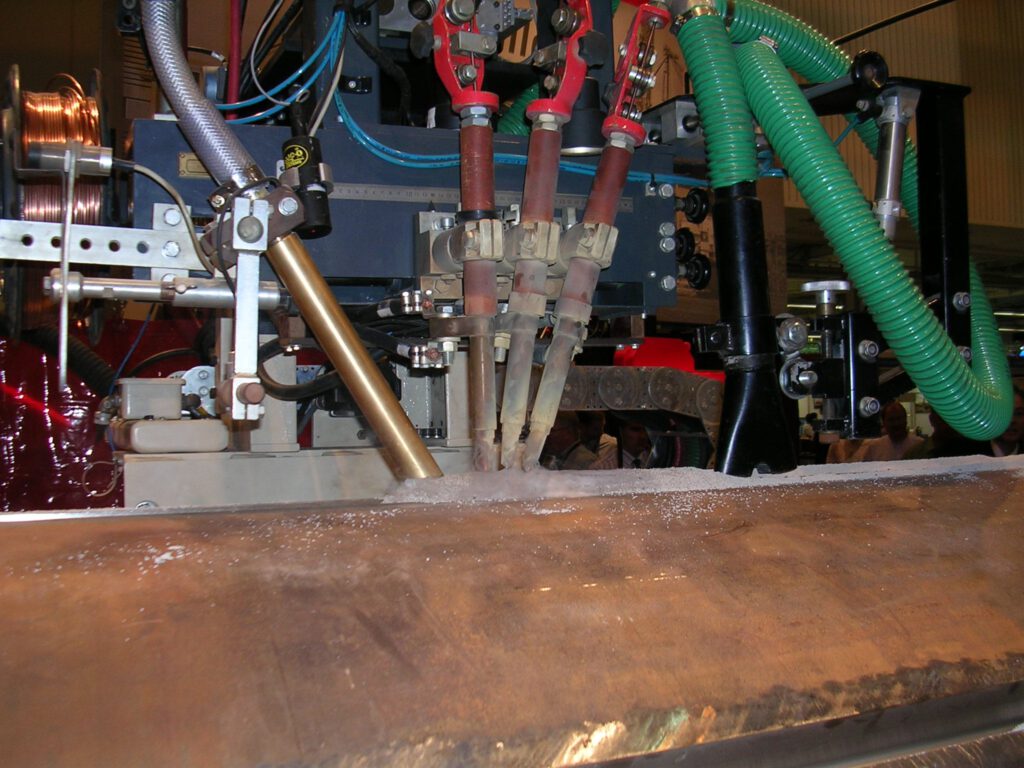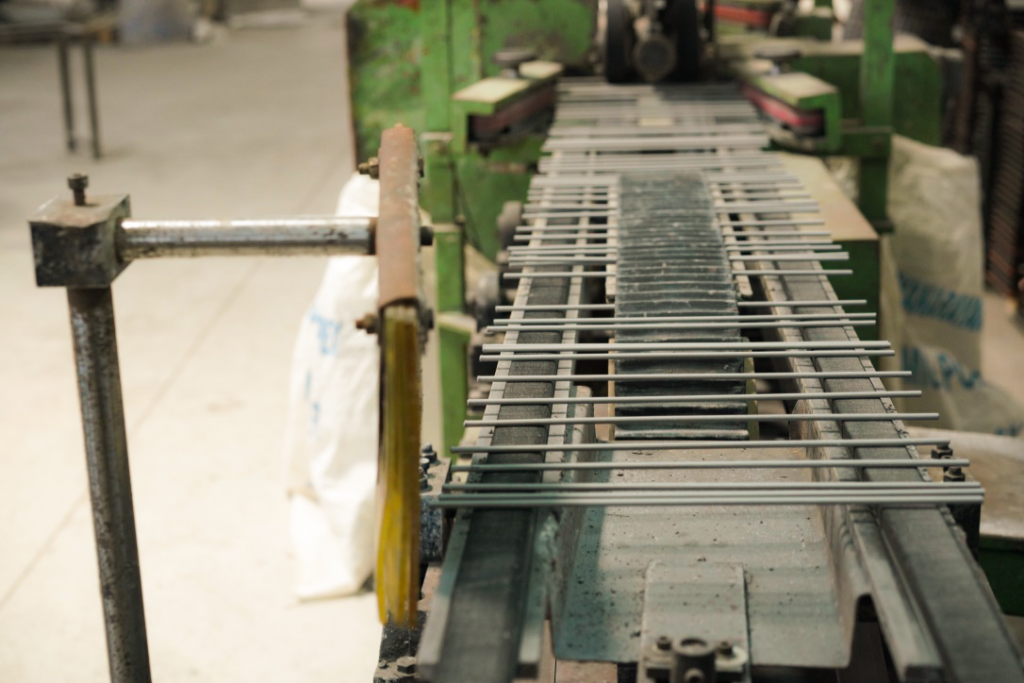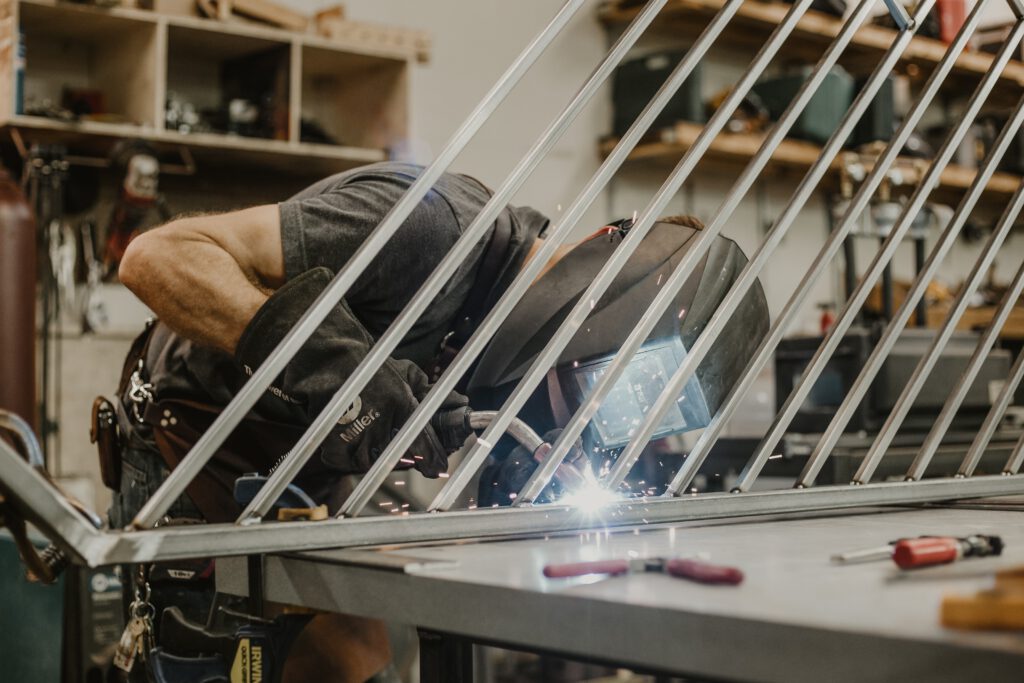This article discusses different types of wire used in Sub-Merged Arc Welding Wire (SMAW), its applications, maintenance, and many more.
What is Sub-Merged Arc Welding Wire?
Sub-merged arc welding wire is used to join two pieces of metal together. This type of welding wire is made up of several strands that are held together by a coating. Submerged arc welding wires are usually less expensive than other types of welding wire, and they are also easier to work with.
There are several applications for sub merged arc welding wire. This type of welding wire can join pieces of metal together during construction projects. It can also be used to repair broken pieces of metal. Finally, sub merged arc welding wire can be used to weld small parts together.
The main downside to using sub merged arc welding wire is that it is not as strong as other types of welding wire. Additionally, sub merged arc welding wires can be damaged if they are not properly maintained.
Types of Sub-Merged Arc Welding Wire
The types of welding wire used for submerged arc welding (SMAW) depend on the application. The most common types are gas shielded,arc-contained, and gas tungsten electrodes. Each has its benefits and drawbacks.
Arc-Containored Welding Wire: Arc-contained welding wire is made of several strands that are twisted together to form a conductor. This type of wire is best for gas-shielded electrodes because the gas can’t reach the weld.
Gas Tungsten Electrode Welding Wire: A gas tungsten electrode welding wire is made of a single strand of metal that’s heated until it becomes soft. This type of wire is perfect for gas-shielded or arc-contained electrodes because it offers more heat and better penetration than other welding wires.
Gas Shielded Welding Wire: The welding wire contains tiny holes that trap the gas from the arc and protect the weld area from contaminants and heat. This type of wire is best for arc-contained electrodes because they don’t need as much heat to start the weld.

Applications for Sub-Merged Arc Welding Wire
Sub Merged Arc Welding Wire has many applications, some of which are below.
- Welding in difficult-to-reach spots
- Welding in confined spaces
- Welding in high-temperature environments
- Welding in corrosive environments
Sub merged arc welding wire (SMW) is a type of welding wire that is specifically designed for use in submerged arc welding. SMW has a higher melting point than other welding wire types, allowing it to be used at higher temperatures without damage.
This allows SMW to be used in applications where other welding wire types would not be able to withstand the heat. SMW can also handle more heat than other welding wire types, making it perfect for use in applications requiring a high level of durability.
Get the Most Out of Your Sub-Merged Arc Welding Wire: Discover Types, Applications, and Maintenance Tips Now!
What are the best steps to maintain a Sub Merged Arc Welding wire?
There are a few things that you can do to keep your Sub Merged Arc Welding wire in good working order. First, make sure that you keep it clean. Clean the wire with a solvent or a brush.
Second, be sure to keep the wire cool and dry. Finally, ensure you understand the proper maintenance procedures for the Sub-Merged Arc Welding wire.

How much does a Sub Merged Arc Welding Wire Cost?
Sub Merged Arc Welding Wire is a welding wire composed of a wire core and an insulation sheath. This wire is designed to improve welding efficiency by reducing the amount of heat transferred to the surrounding area.
The cost of the Sub Merged Arc Welding Wire depends on the type and grade of the wire and the manufacturing location. However, most wires range in price from around $6 per foot to $10 per foot.
How long does the Sub-Merged Arc Welding process take?
The Sub-Merged Arc Welding process usually takes around two minutes per side.
What is the best type of steel to use with Sub-Merged Arc Welding?
Here are four types of steel that can be used for Sub-Merged Arc Welding:
1. Stainless Steel: Stainless steel is a popular choice for Sub-Merged Arc Welding because it is resistant to corrosion and has high strength properties.
2. Aluminum: Aluminum is a good choice for Sub-Merged Arc Welding because it has high strength properties and stands up well to heat distortion.
3. Titanium: Titanium has high strength properties, but it is also quite brittle. This makes it unsuitable for some applications, but it works well with Sub-Merged Arc Welding because the welds are strong and the heat distortion is minimal.
4. Copper: Copper is a good choice for Sub-Merged Arc Welding because it has high thermal conductivity and is resistant to corrosion.

How do I find the size of the Sub-Merged Arc Welding that I need?
When welding with a sub-merged arc welder, it’s essential to have the correct wire size. The wrong size wire can cause poor welds and even shorts.
Here are some tips for finding the right size wire for your sub-merged arc welder:
- Measure the diameter of the welding rod you’ll be using. This will give you a starting point for choosing a wire size compatible with that rod.
- Remember that the smaller the diameter of your wire, the more heat it will produce. So if you need to weld thick pieces of metal, choose a thicker wire size.
- Choose a wire size that’s comfortable to hold and pass through your welder’s spool gun. Too-thin wires can break easily, while too-thick wires can cause problems with your welder’s spool gun.
- If you need to weld delicate materials or under challenging positions, choose a thin wire size. Sub-merged arc welding is less forgiving than gas tungsten arc welding when it comes to mistakes made during welding.
What is the difference between a Sub-Merged Arc Welding wire and a regular welding wire?
Sub-Merged Arc Welding wire is a type of welding wire made up of smaller diameter wires that are welded together to form a continuous wire.
This type of welding wire is used for applications where the size or shape of the weld cannot be achieved using other types of welding wires. Sub-Merged Arc Welding wire is also known as “micro weld” welding wire because it is used to make tiny welds.
Sub-Merged Arc Welding wire is most commonly used in welding metal to metal, but it can also be used to weld metal to plastic, metal to glass, and other materials.
Sub-Merged Arc Welding wire has many benefits over other types of welding wire. These include:
- Sub-Merged Arc Welding wire is easier to work with because it is smaller in size and shape.
- Sub-Merged Arc Welding wire can be used in more difficult positions than other types of welding wires.
- Sub-Merged Arc Welding wire produces a cleaner weld than traditional welding wire.

Does sub-merged arc welding wire have a specific type of metal?
Yes, the sub-merged arc welding wire is typically made of a specific alloy and is designed for use with certain types of metals. In addition, it’s essential to keep sub-merged arc welding wire in good condition to perform its intended function.
What is the most common wire size for a Sub-Merged Arc Welding wire?
The most common wire size for a Sub-Merged Arc Welding wire is .018 inches. This size wire is used in many applications, such as welding aluminum, stainless steel, and other metals.
